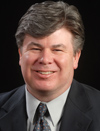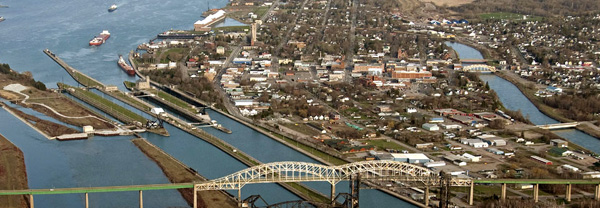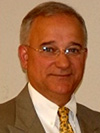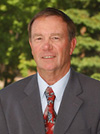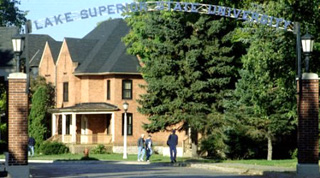By Mayor Pauline Repp & President Dr. Kevin A. Pollock
As our community takes steps to prosper in the 21st century, the city of Port Huron, St. Clair County Community College and other partners are working to provide the best opportunities.
Education is essential to revitalizing the Port Huron area. The city and college are involved in initiatives to emphasize the value of higher education. Among them is Blue Meets Green, an effort to increase the percentage of adults with an associate degree or higher; attract jobs that keep educated young people in the community; and become a leader in innovation and entrepreneurship.
SC4’s STEM Institute is preparing students for careers in science, technology, engineering and math. Many local firefighters, nurses, police officers and teachers trained at SC4. The college also works with local hospitals, governments and factories to train employees. The Economic Development Alliance of St. Clair County is housed on campus, providing a natural link between training and jobs.
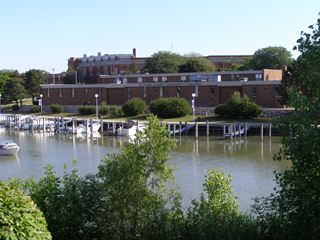
The St. Clair County Community College Campus on the Black River is an extension of downtown Port Huron, benefiting students and the community. A planned River Walk will further integrate the college and downtown.
Numerous St. Clair County partners, including SC4, have formed a KnowHow2GO initiative to help students and parents prepare for college. Thanks to another initiative, the Blue Water Middle College partnership among St. Clair County Regional Educational Service Agency, SC4 and five local high schools, some K-12 students can graduate after five years with a high school diploma and an associate degree, free of charge.
SC4’s downtown location benefits students and the community. With more than 4,600 students on campus, the college boosts traffic to downtown businesses and restaurants and brings tenants to downtown rental units. The college also serves as the cultural center for the area.
Creating SC4’s downtown campus represents the city and college’s biggest joint project to date. In 1966, the city received a $2 million federal grant and contributed $800,000 of local funds to buy the land that would become SC4.
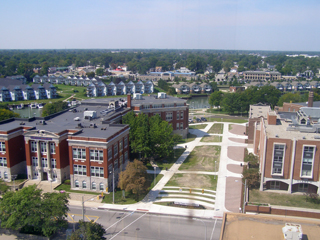
St. Clair County Community College's Greenway opened in the fall of 2012. A collaboration between the city of Port Huron and SC4, the project closed portions of two streets and created a pedestrian walkway.
The two entities have continued to work together. In 2012, parts of two city streets through campus were closed and turned into a pedestrian Greenway. The project has helped connect campus to the downtown area.
The Greenway will connect to a River Walk being developed along the Black River in collaboration with community partners, the city and SC4. The River Walk will further integrate the college and downtown.
In 2012, when launching a new student I.D. card program, the college worked with local businesses to provide discounts to students. SC4 also partners with local organizations, including local arts incubator Studio 1219, which features an SC4 artist each month and hosts its Hands On Art event on campus.
Recently, while organizing the community’s first New Year’s Eve countdown, the city’s civic center, McMorran Place, reached out to SC4 for help. Four welding students volunteered to build an anchor to be dropped from McMorran’s Tower each year.
As the economy evolves, a strong relationship between St. Clair County Community College and the city of Port Huron will continue to benefit community residents.
Pauline Repp is mayor of Port Huron and Dr. Kevin A. Pollock is president of St. Clair County Community College.


